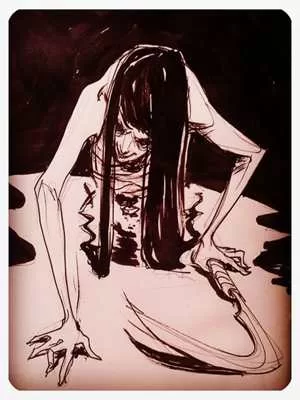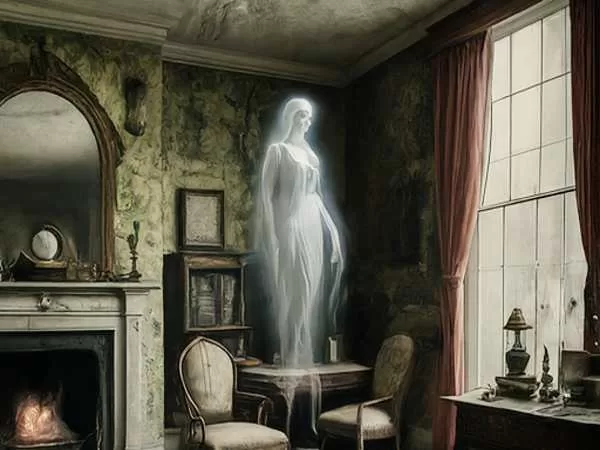In Japan, a peculiar and chilling folklore has emerged over the past 70 years, centering around malevolent spirits that haunt girls’ school restrooms. These ghostly tales have become so widespread that they have profoundly affected the behavior of young students and the policies of educational institutions.
The Rise of Restroom Spirits
In the last two decades, stories of spirits lurking in school restrooms have become a significant concern for Japanese educators and parents alike. The legends are so prevalent that, at one point, many young girls were reluctant to use school toilets. In response, schools implemented a policy requiring girls to use the restrooms in pairs, aiming to alleviate their fears.
Among the most notorious of these spirits is Hanako-san. This spectral figure is said to haunt the third-floor restrooms of schools, particularly in the third stall. The legend goes that if students want to summon Hanako-san, they must knock three times and call her name. According to the tales, she will appear once the stall door is opened.
Hanako-san’s appearance and nature vary across different regions in Japan. Some descriptions portray her as a little girl in a red skirt, while others describe her as a more sinister entity. In some stories, she is said to have a bloody hand used to grasp her victims, while other versions depict her as a lizard-like creature that devours those who encounter her. Despite these varying accounts, the most common and frightening version of the tale suggests that Hanako-san drags her victims to hell through the toilet.
The Origin of Hanako-san’s Legend
The legend of Hanako-san is believed to have originated during World War II. According to one version of the story, Hanako-san was a young schoolgirl who was tragically killed by a bomb that fell on her school while she was using the restroom. Since then, it is said that her spirit has been trapped in the school toilets, endlessly haunting the stalls where she met her end.

Kashima Reiko: The Spirit with a Grim Question
Another terrifying entity that reportedly haunts school restrooms is Kashima Reiko. This spirit is said to be the ghost of a woman who was severed in half by a train. Her disfigured spirit is rumored to lurk in the restrooms, particularly in one specific stall. Kashima Reiko is notorious for her chilling query: she asks her victims if they have seen her missing legs. If the response is unsatisfactory—presumably, any answer is inadequate—she is said to violently attack, tearing off the legs of her victims.
Aoi Manto: The Spirit of the Red and Blue Paper
A third malevolent entity associated with Japanese school restrooms is Aoi Manto, also known as Manto. This spirit is described as male and is said to haunt the last stall in the restroom. Manto’s haunting involves a grim choice: he asks his victims whether they prefer red or blue paper. If the student chooses red, Manto slashes their neck and back with a blade, leading to a gruesome death. Choosing blue, on the other hand, results in death by hanging. This macabre choice leaves students in a state of dread, as they must confront their worst fears in the restroom.
The Psychological Impact
These frightening legends have had a profound psychological impact on young students in Japan. The fear of encountering these spirits has led to widespread anxiety and avoidance of school restrooms. Educators and parents have had to address these fears, often implementing measures to support students who are overwhelmed by the terrifying stories.
The tales of Hanako-san, Kashima Reiko, and Aoi Manto highlight a fascinating aspect of Japanese folklore, where the supernatural intersects with everyday life. These stories, while deeply unsettling, offer insight into cultural fears and the ways in which folklore can shape societal behavior.
Conclusion
The folklore surrounding spirits in Japanese school restrooms serves as a captivating example of how myths and legends can influence real-life behavior. From Hanako-san’s eerie presence to the gruesome choices posed by Manto, these stories continue to capture the imagination and fears of students across Japan. As these legends endure, they remind us of the powerful role that folklore and superstition play in shaping cultural experiences and societal norms.

